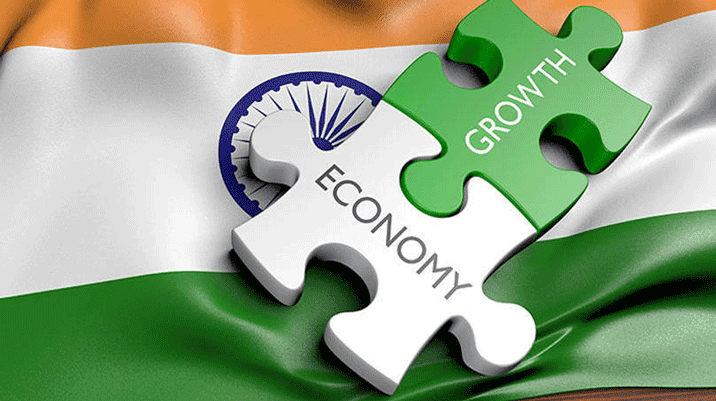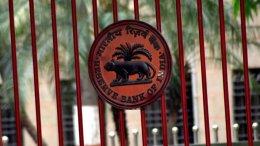India's economy probably achieved its fastest annual expansion in a year in the April-June quarter, economists said, expecting the pace to sharply slow this quarter and in the next two as higher interest rates hit economic activity.
Gross domestic product (GDP) in the three months to June 30 was probably 15.2% higher than a year earlier, a Reuters poll showed this week. January-March GDP was up 4.1% on a year before.
The last time India's GDP achieved higher annual growth was in April-June 2021, when it was 20.1% higher than the pandemic-depressed level of a year before.
Forecasts for the latest quarter ranged from 9.0% to 21.5%. The official release is due at 1200 GMT on Wednesday.
The Reserve Bank of India (RBI) has raised its benchmark repo rate by 140 basis points since May, including 50 basis points this month, while warning about the impact of a global slowdown on domestic growth prospects.
The latest Reuters poll showed the economists expected growth this quarter could slow sharply to an annual 6.2% before decelerating further to 4.5% in October-December.
Many economists expect another rate hike of about 50 basis points next month, followed by one more of 25 basis points thereafter.
Consumer spending, which accounts for nearly 55% of economic activity, has been hit hard following a rise in prices of food and fuel, though monthly inflation has moderated in the past three months.
Sales of two-wheel vehicles are an indicator of the health of the economy. In April-June they were 5.03 million units, higher than in the same periods of 2021 and 2020 but nearly one-fifth lower than in 2019, industry data showed.
Economists judge that such frequently available indicators show India's economy, Asia's third largest, is so far holding up well to worsening conditions.
"More timely data suggest that resilience has continued in Q3 (July-September) too," said Shilan Shah, India economist at Capital Economics, Singapore, noting that the economy had better resisted the impact of the Omicron wave in January-March than it had coped with the previous wave of pandemic.
But the economy faces downward risks, because companies' investment plans could be impacted by tighter monetary conditions and higher input costs, Shah wrote in a note to clients last week.
A depreciation in the rupee <INR= > of more than 7% against the dollar this year has made imported items costlier for consumers and businesses.






